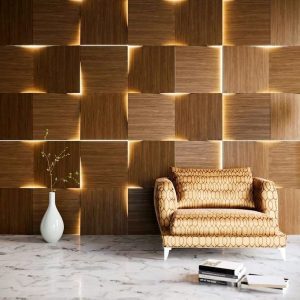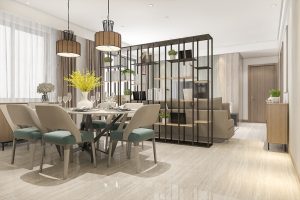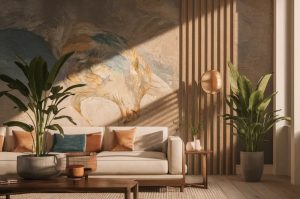In today’s competitive corporate world, office interior design is more than just a style statement—it’s a productivity powerhouse. A well-designed office not only reflects a company’s brand and values but also directly impacts employee engagement, motivation, health, and overall performance.
While traditional advice tends to focus on superficial aesthetics, our comprehensive guide dives deep into the science, psychology, and real-life implementation of design strategies that fuel workplace efficiency. Whether you’re redesigning a corporate office or upgrading your home workspace, the following strategies are rooted in research, innovation, and modern work culture.
Why Office Design Matters: The Science of Productivity
A poorly designed office can silently sabotage even the most talented teams. According to the World Green Building Council, factors such as indoor air quality, lighting, and spatial layout can increase employee productivity by up to 23%. But how exactly does design influence productivity?
1. Natural Lighting
Sunlight not only reduces energy costs but also improves circadian rhythm alignment, sleep quality, and mood. In fact, a study by the American Academy of Sleep Medicine found that employees working near windows get 46 more minutes of sleep per night, which translates to better focus and lower burnout rates during work hours.
2. Ergonomics and Comfort
Ergonomically optimized furniture reduces physical strain, fatigue, and absenteeism. Adjustable desks, lumbar-supportive chairs, and monitor stands may seem like small additions, but their long-term impact on posture and comfort is immense.
3. Air Quality and Ventilation
Poor indoor air quality can cause headaches, fatigue, and cognitive decline. Investing in HEPA filters, ventilation systems, and natural purifiers like indoor plants can enhance cognitive function by up to 61% (Harvard T.H. Chan School of Public Health).
2025's Top Office Interior Design Trends That Drive Results
Design trends aren’t just for Pinterest boards. The trends of 2025 lean toward function-first designs that support focus, collaboration, and employee happiness.
1. Activity-Based Working (ABW) Zones

Rather than assigning fixed desks, ABW gives employees the flexibility to work in environments that best suit their task—quiet areas for focused work, open lounges for brainstorming, and high-tech conference rooms for virtual collaboration.
This flexibility fosters ownership and autonomy, encouraging employees to be more accountable and engaged. Major companies like Google and Deloitte have already shifted to ABW models, reporting improvements in job satisfaction and team innovation.
Design tip: Clearly define each ABW zone with appropriate furniture, colors, and signage. Use acoustic dividers or indoor planters to subtly partition spaces without fully enclosing them.
2. Neurodiverse-Inclusive Designs

One size doesn’t fit all—especially in neurodiverse workplaces. With 15-20% of the population falling under the neurodivergent spectrum (including ADHD, dyslexia, and autism), forward-thinking office design now embraces sensory-friendly environments.
Include:
- Adjustable lighting and noise-canceling panels
- Tactile surfaces and non-reflective materials
- Personal pods or retreat spaces for downtime
This not only boosts productivity for neurodivergent individuals but enhances focus and satisfaction for everyone.
Pro tip: Provide personal customization features—like adjustable color LEDs or sound masking—for workstations.
3. Sustainable & Modular Materials

Sustainability is no longer optional. Offices built with modular furniture, eco-friendly paints, bamboo flooring, and repurposed wood align with both employee values and environmental responsibility. What’s more, modular setups allow you to adapt your space to the ever-changing nature of hybrid work.
- Use low-VOC materials to minimize health risks.
- Choose reconfigurable desks and walls to future-proof your space.
Incorporate green certifications like LEED or WELL for long-term value.
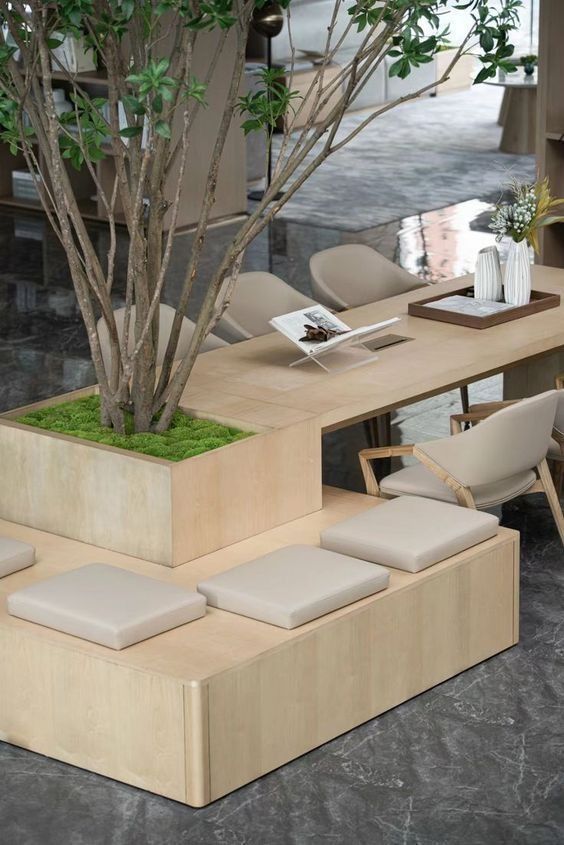
Room-by-Room Office Design Inspirations
Breaking your space down room-by-room ensures every inch is optimized. Here’s how to create an inspiring, efficient office—section by section.
🧠 Focus Zones
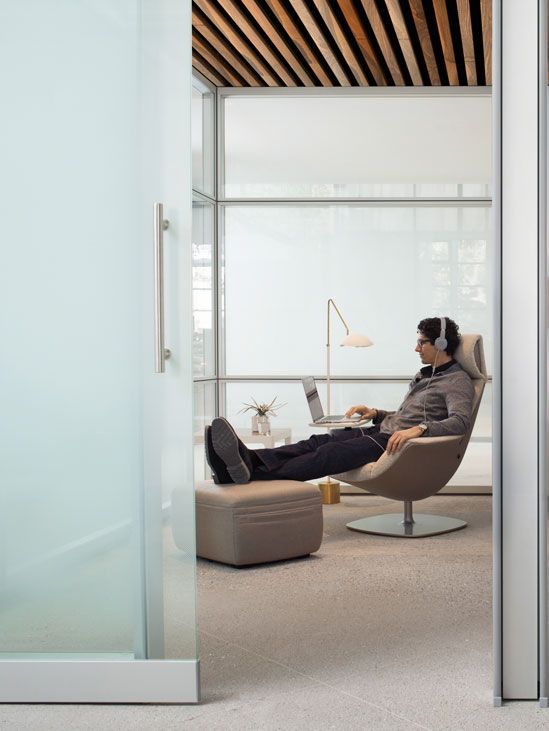
Quiet areas are essential for deep work. These should be located away from high-traffic zones and designed to minimize distractions.
Features to include:
- Ergonomic, noise-dampening chairs
- Matte-finish surfaces to reduce glare
- Soundproof panels, rugs, or acoustic ceilings
- Ambient, adjustable LED lighting
Pro tip: Add visual cues like a “Do Not Disturb” indicator or specific desk lamps to reinforce the focus mindset.
🤝 Collaboration Areas
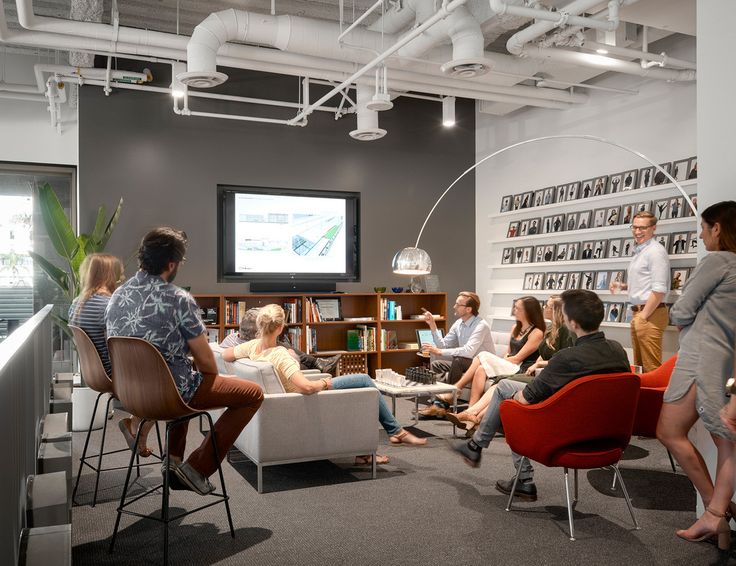
Collaboration zones are high-energy areas meant to spark creativity and teamwork. Design elements should promote fluid interaction and easy ideation.
Incorporate:
- Writable walls or digital whiteboards
- Modular seating (bean bags, stools, rolling chairs)
- Circular or U-shaped arrangements to eliminate visual hierarchy
Bonus idea: Install overhead projectors and movable display screens for seamless hybrid meetings.
🍃 Breakout & Wellness Spaces
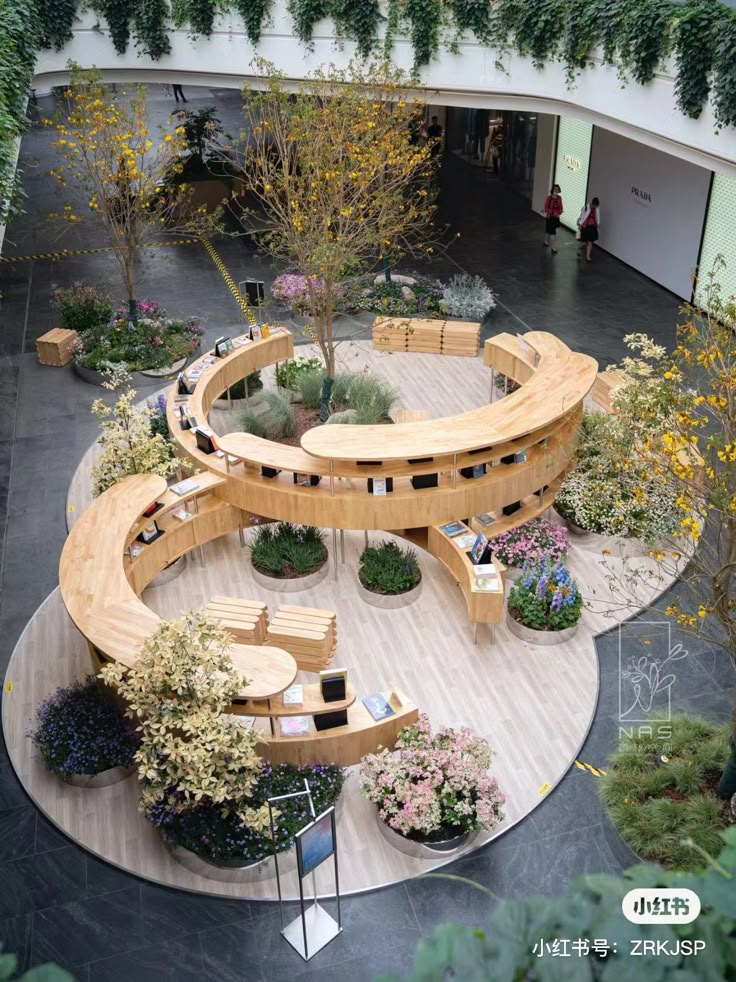
Breakout zones serve as mental reset spaces—crucial for employee health and happiness.
Elements to include:
- Comfortable recliners or lounge chairs
- Biophilic features like green walls, aquariums, or waterfall fixtures
- Healthy snack stations or hydration bars
- Aromatherapy diffusers and soft lighting
Studies show that taking short breaks in well-designed breakout areas can reduce stress by 40% and increase productivity upon return.
📞 Phone Booths & Mini Pods
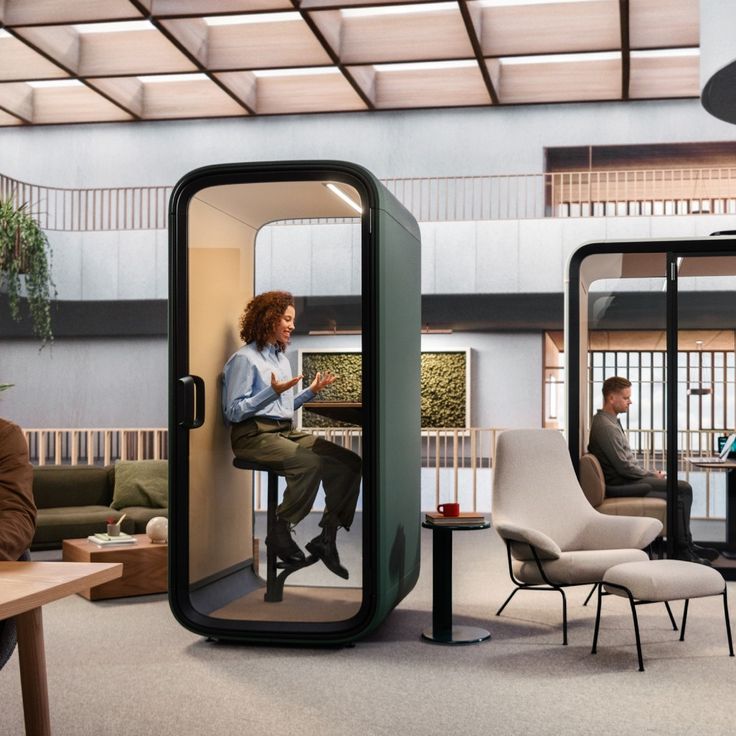
In open-plan offices, privacy is gold. Soundproof pods or mini phone booths help employees take confidential calls or attend virtual meetings without background noise.
Key features:
- Glass walls for transparency without exposure
- Built-in lighting and charging stations
Compact desks and ventilation systems
Tech-Infused Interiors
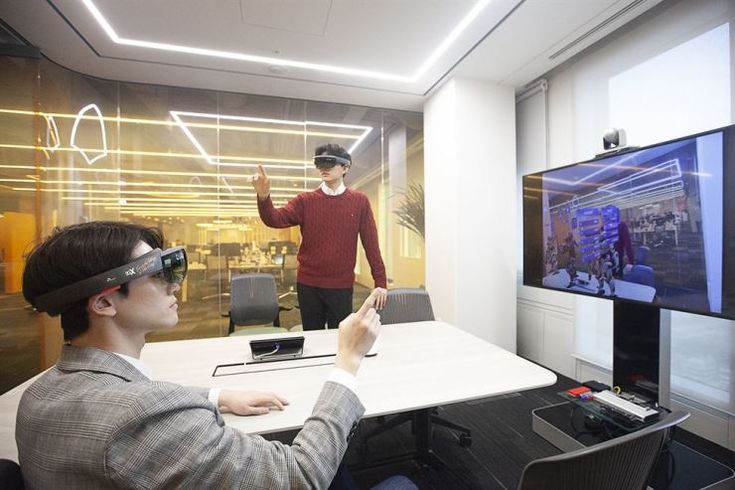
The future office is digitally integrated. Tech-powered interiors save time, reduce manual work, and create seamless workflows.
Must-Have Smart Features:
- IoT lighting & temperature control: Automatically adjusts based on occupancy or time of day.
- Sit-stand desks with built-in sensors: Reminds users to change positions to avoid fatigue.
- Virtual whiteboards and AR/VR tools: For immersive training, client demos, or team building.
Advanced tip: Consider installing smart lockers and mobile-controlled access systems to enhance convenience and security.
Design Mistakes to Avoid
Even the best designs fall flat without user-focused planning. Watch out for these common pitfalls:
- Overuse of Open Plans: While trendy, overly open layouts can reduce privacy and focus.
- Style Over Function: Prioritizing looks without comfort (e.g., backless chairs or flashy but non-functional lighting).
Neglecting Storage: A cluttered workspace is a distracted workspace. Plan for ample, sleek storage options.
Expert Tips for Your Office Design Makeover
In open-plan or studio-style homes, it’s important to create clear boundaries between different living areas—without building actual walls. One of the simplest small house interior design tricks is to use rugs and lighting to define separate zones. A soft area rug can visually anchor a living space, while a different rug can set apart your dining area.
Lighting also plays a big role; a pendant light above your table or a cozy floor lamp by the sofa can subtly highlight each zone. These small touches not only bring character to your home but also help it feel more organized and purposeful.
Make the Most of Under-Bed Storage
1. Involve Your Employees
Run surveys or workshops to understand team needs. Inclusion fosters ownership and satisfaction.
2. Prototype Before You Commit
Use mock-ups or temporary installations to test layouts and workflows before investing.
3. Marry Function with Aesthetics
Balance trends with timeless functionality. Choose designs that can evolve with your business.
4. Don’t Ignore Maintenance
Select materials and tech that are easy to clean, repair, and upgrade.
Conclusion: A Workplace That Works for Everyone

Designing a modern office isn’t just about following trends—it’s about creating an environment that empowers people to do their best work. By embracing flexibility, inclusivity, sustainability, and innovation, you’re not just upgrading a workspace—you’re investing in performance, creativity, and culture.
Whether you’re a startup founder, HR manager, or remote worker, the best design is one that works for your people, not just around them.
To dive deeper into evidence-based practices and real-world examples, explore these helpful resources:
- 📘 World Green Building Council: Health, Wellbeing & Productivity in Offices
- 🧪 Harvard T.H. Chan School of Public Health: The Impact of Indoor Environments on Cognitive Performance
- 🏢 Gensler Workplace Survey 2023
Looking to transform your office into a space that reflects productivity, creativity, and style.
At NativeSutra, we specialize in crafting modern, functional office interiors tailored to your brand’s personality.
Reach out today and let’s bring your vision to life.


